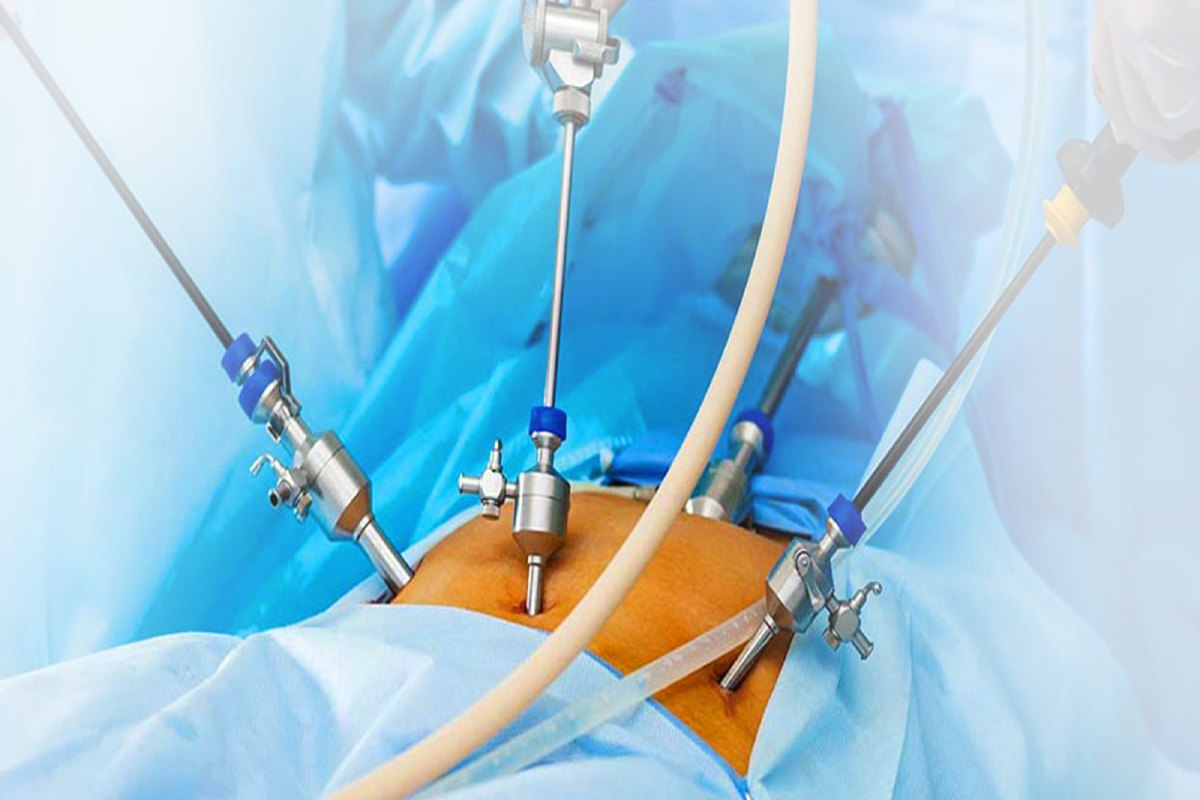Laparoscopy, also referred to as diagnostic laparoscopy, is a surgical procedure performed to investigate the organs inside the abdomen. Laparoscopy operation is a minimally invasive procedure, requiring small incisions, and therefore, has low-risk levels.
Professionals use a piece of specialized equipment, known as the laparoscope, to examine the abdominal organs. The laparoscope is a long yet thin tube. It has high-intensity light. At the front of the laparoscope is a high-resolution camera. Through a small incision in the abdominal wall, specialists insert this tube inside the patient’s body. The camera attached at the top continually sends images of the internal organs to a video monitor.
With the help of a laparoscopy procedure, the doctor can view inside the patient’s body in real-time. Laparoscopy eliminates the need for open surgery. During this diagnostic surgical procedure, it is also possible to collect biopsy samples.
Why is Laparoscopy Done?
Laparoscopy is usually done to examine and diagnose the reasons for pain in the pelvic area and abdomen. When non-invasive methods aren’t able to identify the cause of pain, there is a need for laparoscopy.
In many patients, the diagnosis of abdominal problems is done with imaging techniques like:
- CT Scan: This procedure involves a series of special X-rays that record cross-sectional images of the body.
- Ultrasound: This procedure creates images of the body using high-frequency sound waves.
- MRI Scan: The procedure produces the body’s images using magnets and radio waves.
When the tests mentioned above aren’t able to derive sufficient information regarding your condition, laparoscopy is done. Moreover, the procedure is recommended for collecting biopsy or tissue samples from a particular abdominal organ.
The doctor can suggest you undergo the procedure at a laparoscopy hospital to investigate the following organs:
- Liver
- The small and large intestine
- Appendix
- Pancreas
- Spleen
- Gallbladder
- Pelvic or reproductive organs
- Appendix
- Stomach
After using a laparoscope to observe these areas, the doctor is in a better position to diagnose:
- Liver disease
- The extent to which cancer has developed
- Presence of fluid in the abdominal cavity
- An abdominal tumor or mass
- The progress of particular treatments
The doctor can finally suggest treatment for your condition after the diagnosis is complete.
How is Laparoscopy Done?
Laparoscopy is generally considered to be an outpatient procedure. As a result, the patient can go home on the same day of the surgery. The doctor can perform the procedure at an outpatient surgical clinic or a laparoscopy hospital.
The procedure most often starts with general anesthesia. This means that the patient will be asleep throughout the procedure and will not feel any pain. The anesthesiologist inserts an intravenous line into one of your veins to administer general anesthesia. Through the IV, the professional can give you medications if required and also provide hydration with fluids.
Local anesthesia may also be used in some cases. A local anesthetic numbs the area. This means that even if you are not asleep during the procedure, you will not experience any pain.
As the laparoscopy operation begins, the surgeon creates an incision below your abdomen. Through this incision, a small tube known as a cannula is inserted. The cannula fills your abdomen with carbon dioxide gas to cause inflation. The inflation allows the doctor to get a clear view of the organs inside the abdomen.
After inflating the abdomen, the surgeon puts in the laparoscope through the incision. With the help of the camera in front of the laparoscope, the doctor can receive images of your abdominal organs on a video screen.
The surgeon will decide on the number and size of incisions depending on the specific condition he or she is trying to diagnose. Generally, there are one to four incisions, and the size of each of these incisions is around 1 to 2 centimeters long. The purpose of the additional incisions is to insert other surgical instruments. For instance, if the surgeon is trying to perform a biopsy, specialized tools for the same will be inserted. At the time of a biopsy, the surgeon obtains a small sample of the tissue from an organ that requires investigation.
The instruments are removed after the completion of the procedure. The surgeon seals or closes the incisions with surgical tape or stitches. Bandages may also be used on the incisions.

